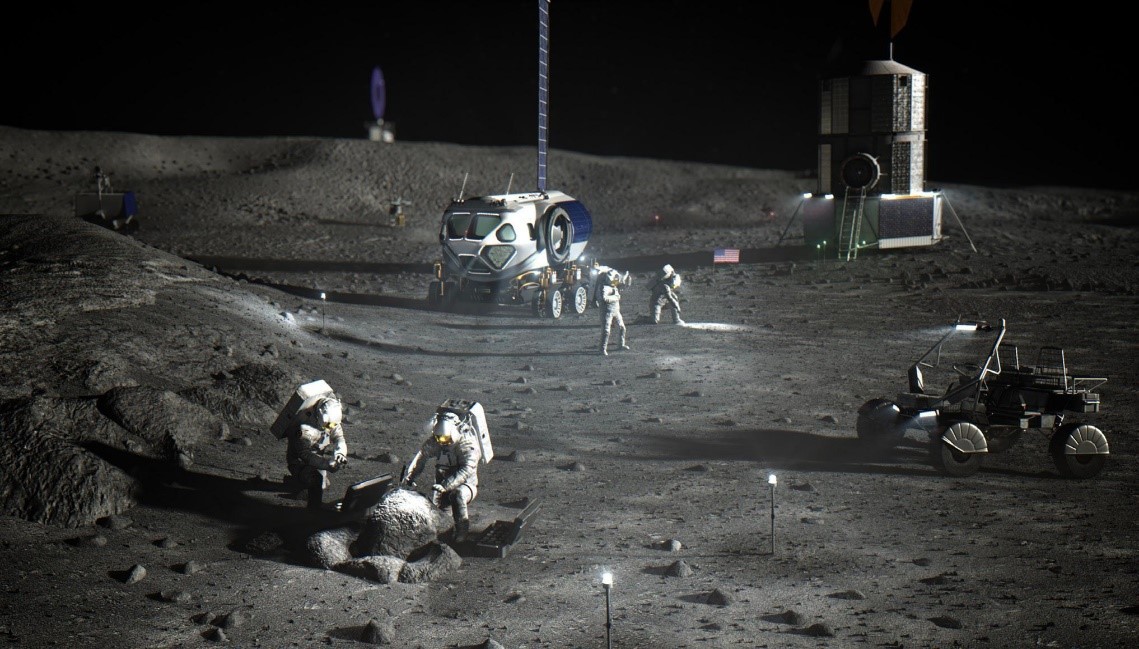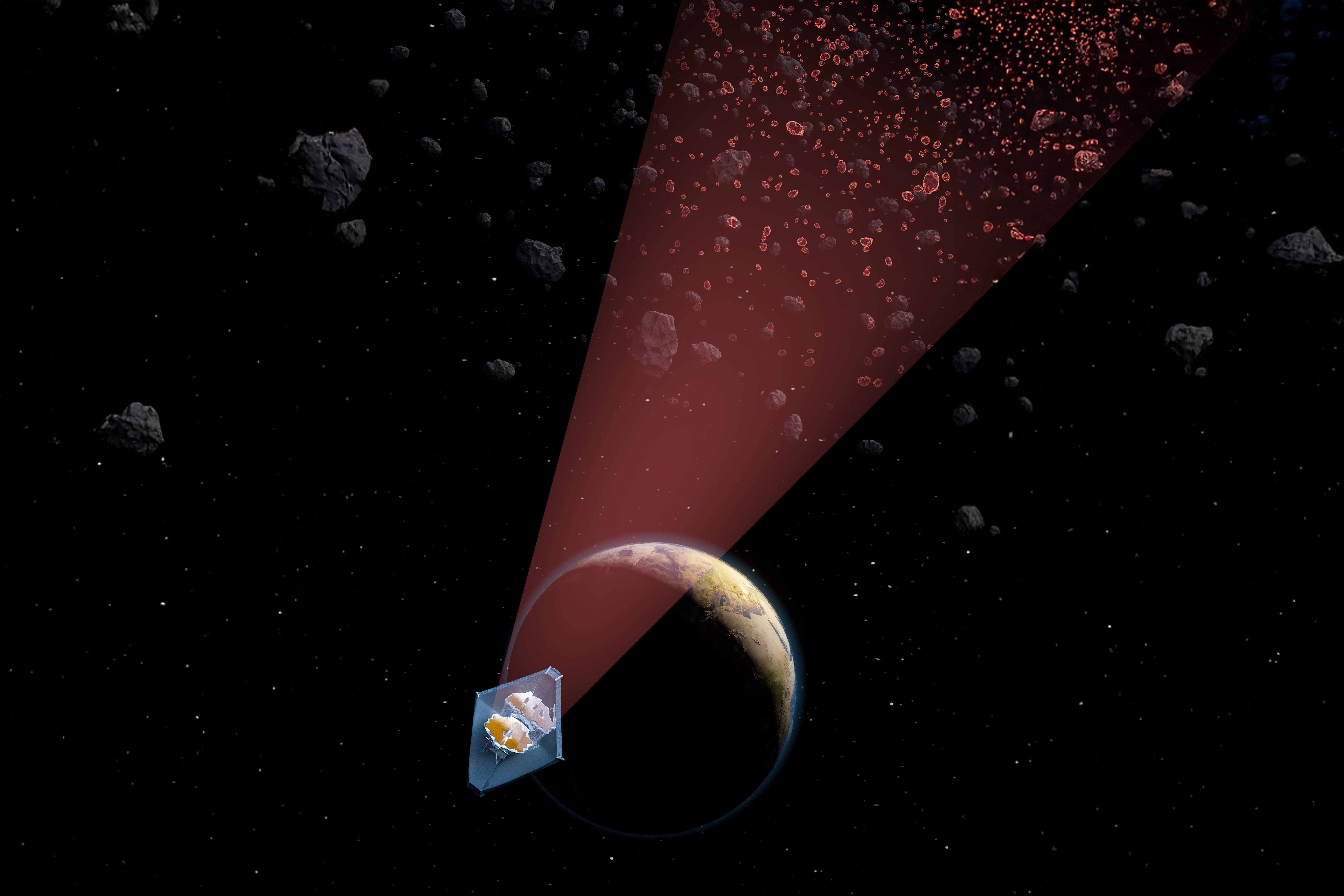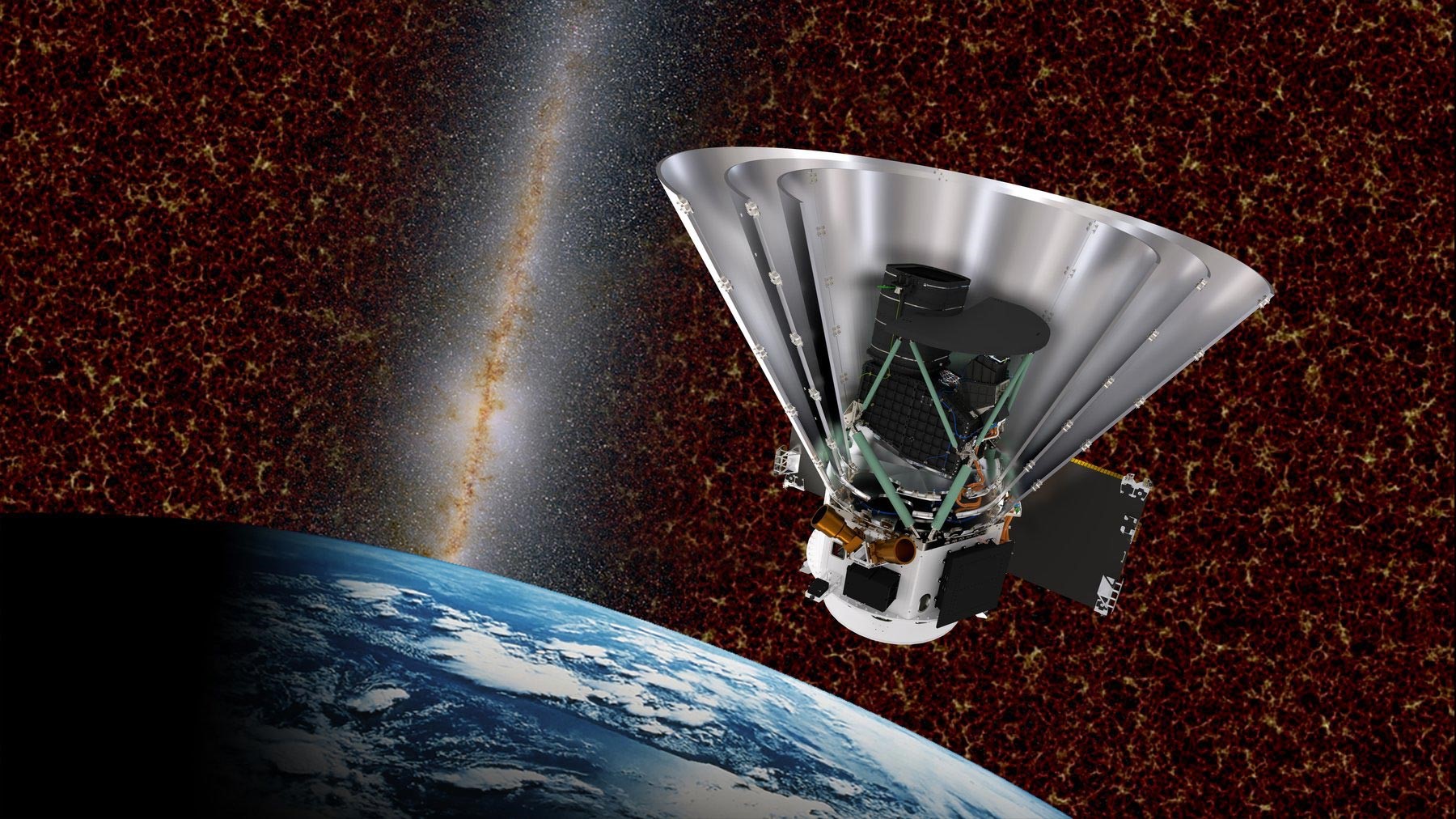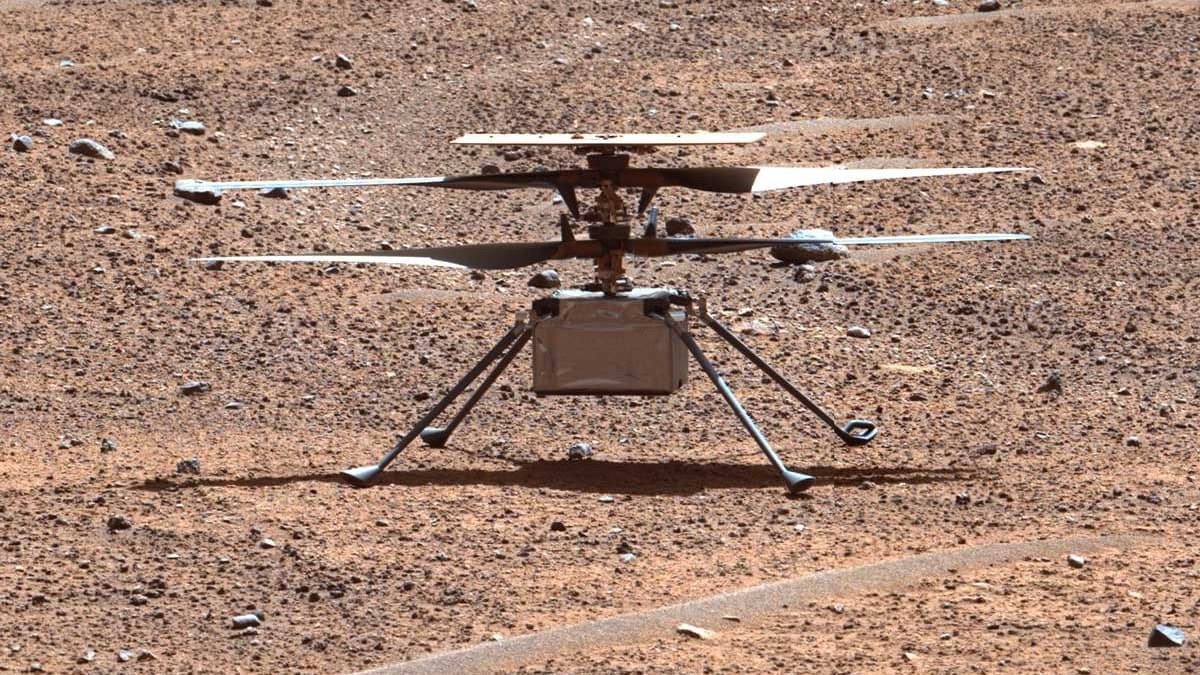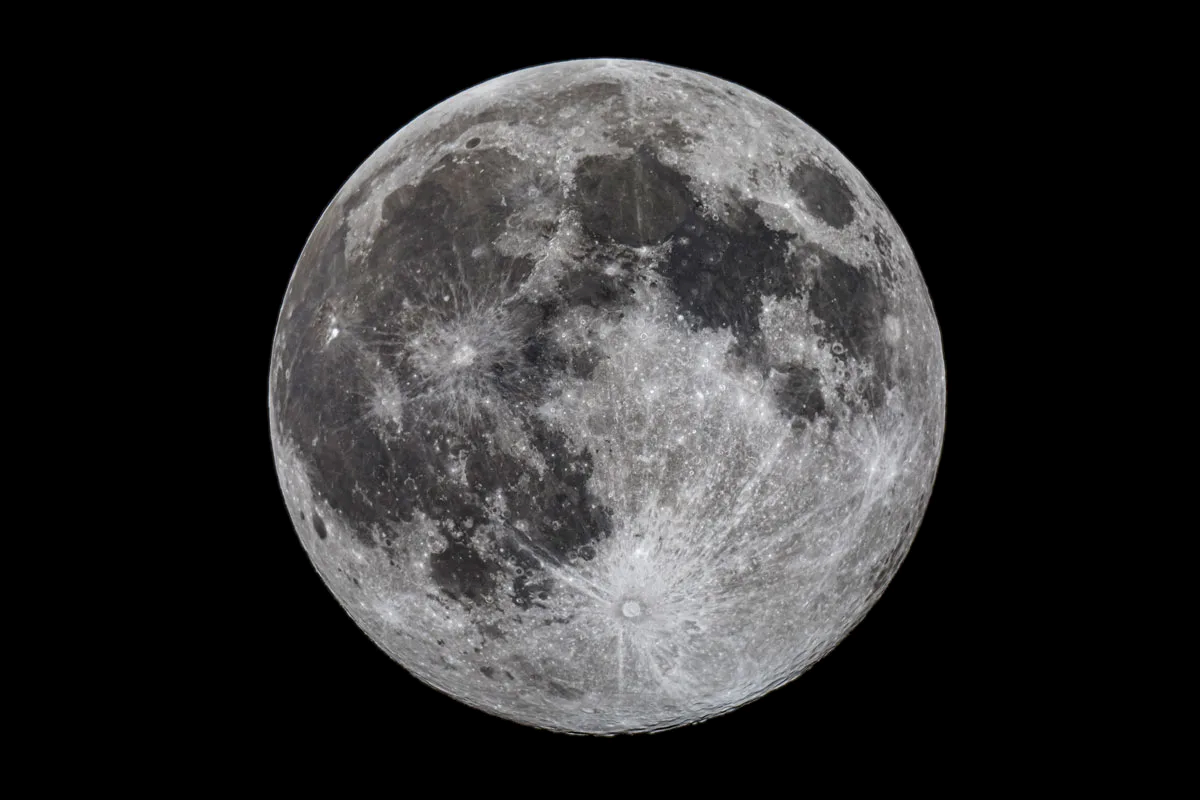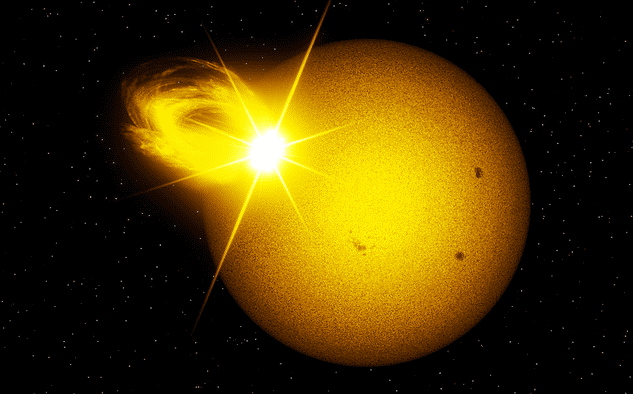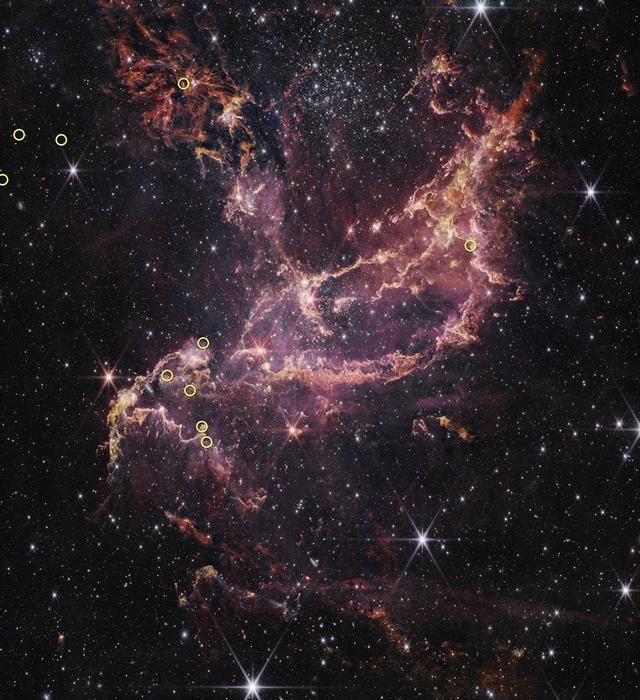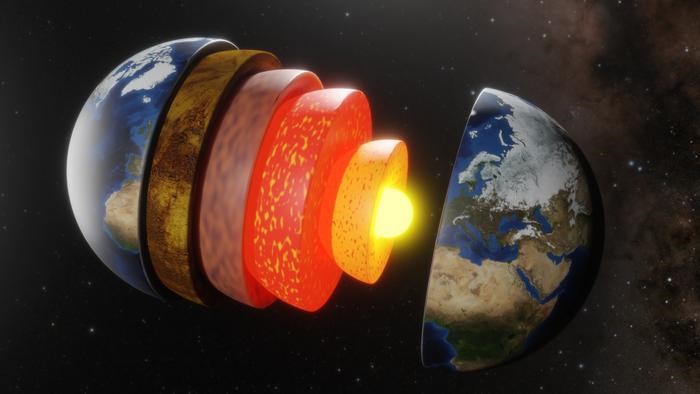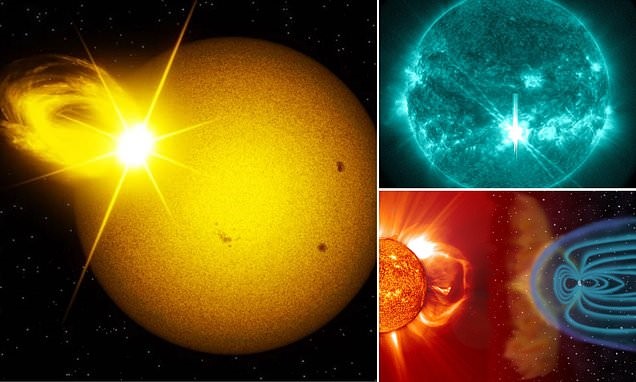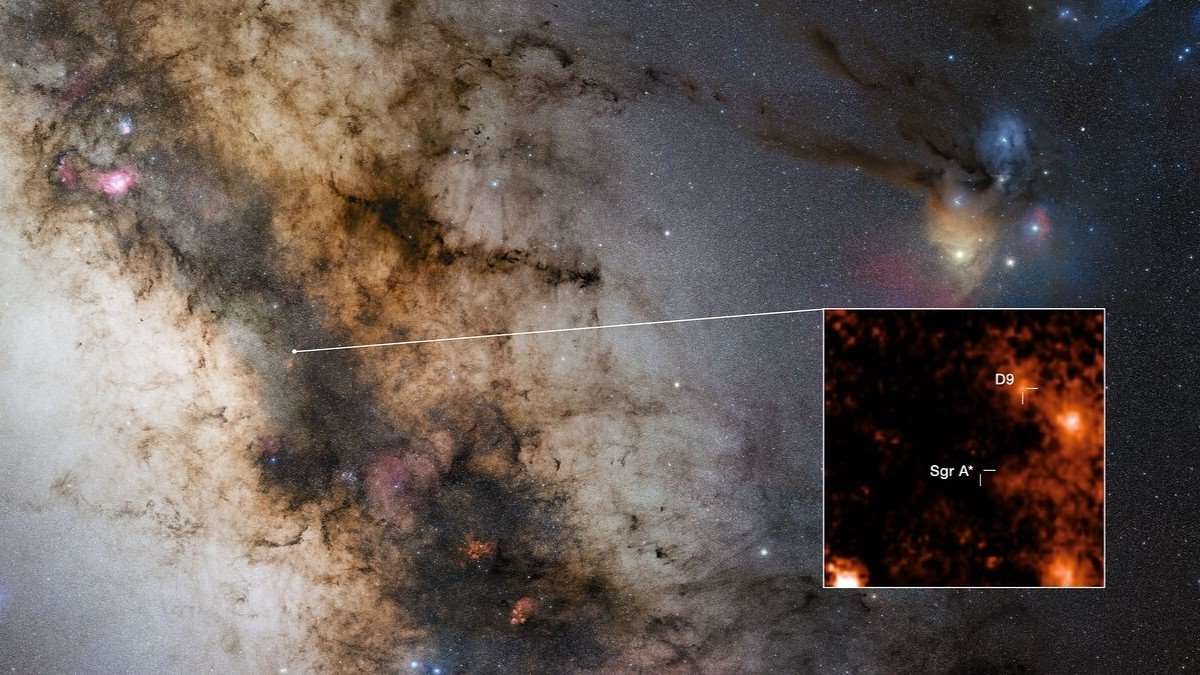NASA's Parker Solar Probe Will Reach Its Closest Point to The Sun on Christmas Eve
A NASA spacecraft has made history with the closest-ever approach to the Sun. On Friday, NASA confirmed that its Parker Solar Probe was "safe" and operating normally after successfully completing the closest-ever flyby of the Sun by any human-made object.
Following its record-breaking closest approach to the Sun, the Parker Solar Probe has sent a beacon tone back to Earth, confirming that it is in good health and operating normally, NASA said in a statement.
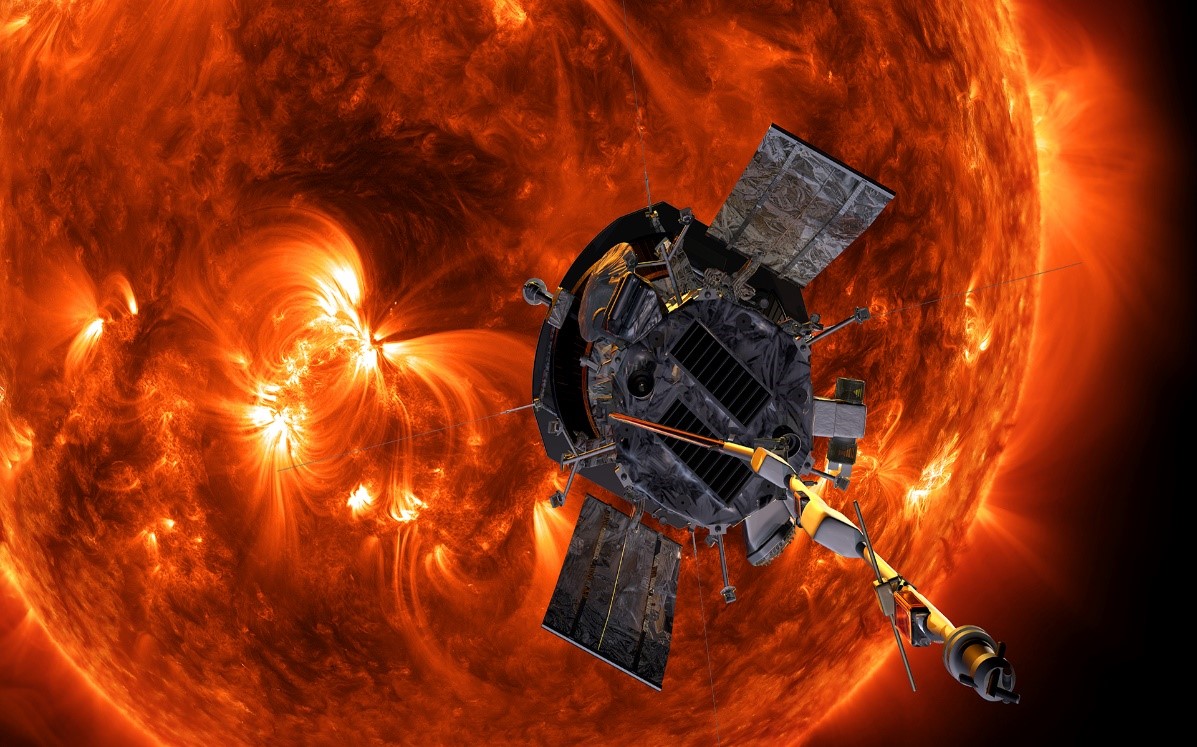
Figure 1. The Parker Solar Will come within 3.8 million miles of the sun on Dec. 24
What is Parker Solar Probe?
According to NASA, the Parker Solar Probe was developed as part of the agency's Living With a Star program, which aims to explore aspects of the Sun-Earth system that directly affect life and society. Managed by NASA’s Goddard Space Flight Center in Greenbelt, Maryland, the program falls under the agency's Science Mission Directorate in Washington.Figure 1 shows The Parker Solar Will come within 3.8 million miles of the sun on Dec. 24.
Launched in 2018, the Parker Solar Probe has already completed 21 passes by the Sun, gradually getting closer with each orbit. However, the upcoming Christmas Eve visit marks a record-breaking milestone in its mission.
The Parker Solar Probe made history on December 24 by passing just 3.8 million miles (6.1 million km) from the Sun’s surface, flying into the Sun’s outer atmosphere, known as the corona. The spacecraft, about the size of a small car, is on a mission to help scientists learn more about our closest star.
“No human-made object has ever passed this close to a star, so Parker will truly be returning data from uncharted territory,” said Nick Pinkine, the mission operations manager for the Parker Solar Probe at the Applied Physics Laboratory (APL). “We’re excited to hear back from the spacecraft when it swings back around the Sun.”
The probe will endure extreme temperatures of up to 1,400°C and radiation intense enough to potentially damage its onboard electronics. It will also be traveling faster than any human-made object, reaching speeds of 430,000 mph.
As the spacecraft passes through the Sun’s corona, scientists hope it will help solve a long-standing mystery. The mission will also improve our understanding of solar wind—the continuous stream of charged particles emitted from the corona. Additionally, studying the corona will provide insights into how solar storms, which erupt from the Sun’s surface, launch into space. The probe will be able to observe streams of the highest-energy solar particles, shedding light on the dynamics of these powerful eruptions.
Eventually, the probe's thrusters will run out of fuel, and the majority of the spacecraft will be pulled apart by the Sun. However, its heat shield could remain in orbit around the Sun for thousands of years, according to Space.com.
Source: space
Cite this article:
Janani R (2024), NASA's Parker Solar Probe Will Reach Its Closest Point to The Sun on Christmas Eve, AnaTechMaz, pp. 149



